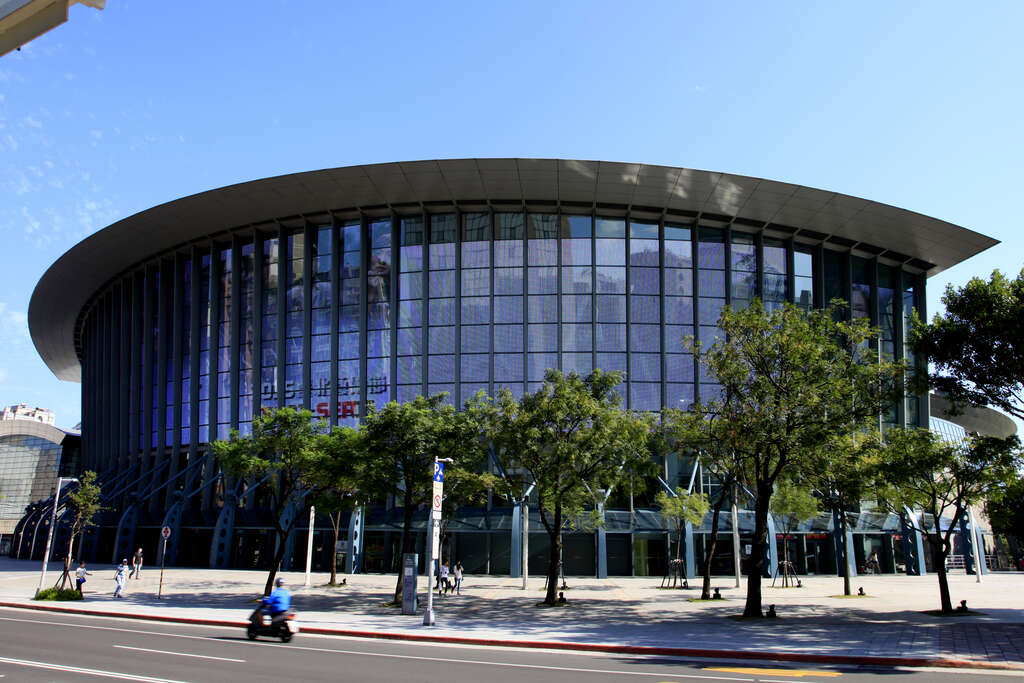Taipei Arena Introduction
Taipei Arena, located at the intersection of Dunhua North Road and East Nanjing Road Section 4 in Songshan District, was formerly known as Taipei Municipal Baseball Stadium. At the end of 2000, the Taipei City Government demolished the old baseball stadium and constructed a 15,000-seat multipurpose arena on the original site. Taipei Arena is an important indoor venue in the overall planning and construction of sports facilities in Taipei City. The building consists of a main arena and a secondary arena. The main arena is a steel and reinforced concrete structure with two underground floors and five above-ground floors, totaling approximately 90,900 square meters of floor area. The main field measures 76 meters in length and 41.5 meters in width; when fully extended, the retractable seating allows for a space of 60 meters by 29.5 meters. The central area can also be fully ice-covered as needed, turning it into a standard indoor ice competition venue. The venue can be flexibly adjusted according to needs, making it capable of hosting Grade 1 events for international sports federations and a popular site for domestic and international performing arts groups to rent for exhibitions and performances. The secondary arena, known as the Ice Wonderland, remains frozen year-round and is the only indoor ice rink in Taiwan that meets international standards, with seating for 800 spectators. The ice surface area measures 61 meters by 30 meters and is equipped with ice hockey and speed skating-related facilities, allowing for standard indoor ice sports. It is open to the public for skating and offers various teaching and training courses. Additionally, the Ice Wonderland welcomes school clubs or corporate groups to apply for group access, with the option to arrange for experienced skating coaches to lead the public in enjoying the thrill of skating. Furthermore, Taipei Arena also has approximately 2,000 ping of commercial facilities, including well-known chain restaurants, convenience stores, fitness centers, parent-child recreational areas, health products, and various specialty shops to meet the public's needs for comfortable dining, shopping, and entertainment.















